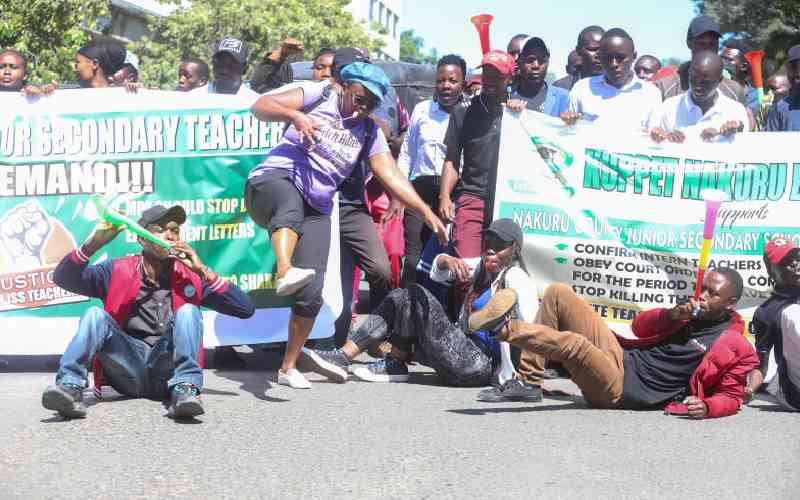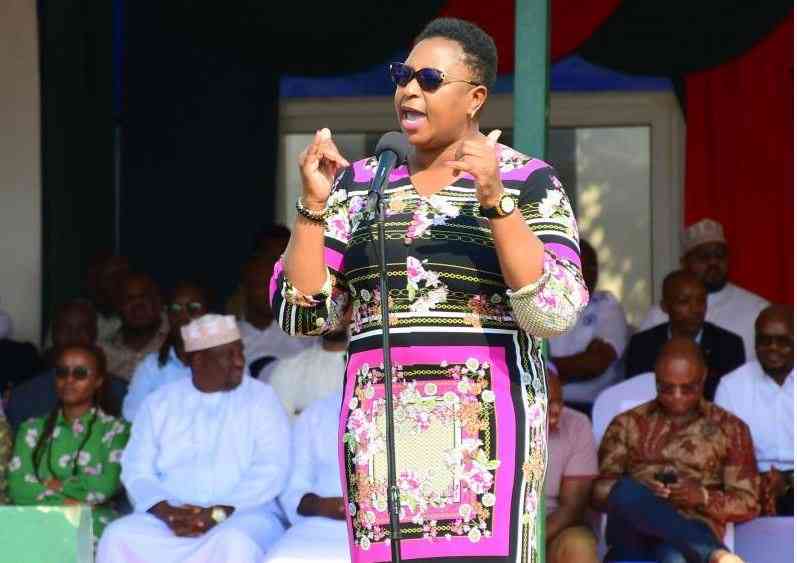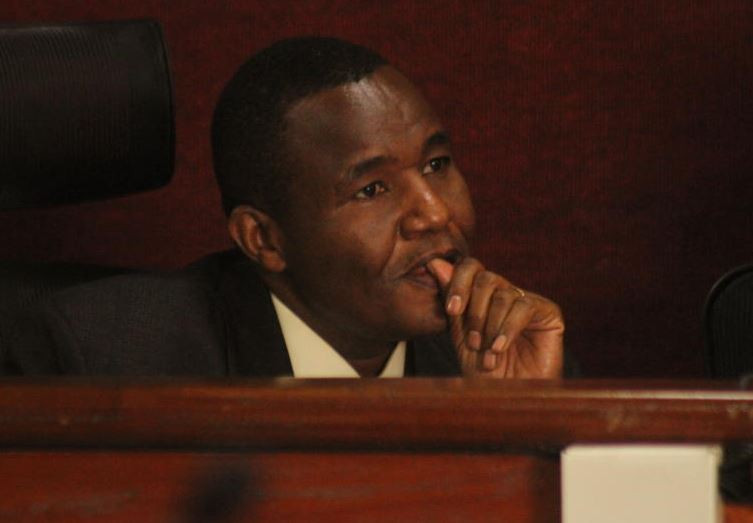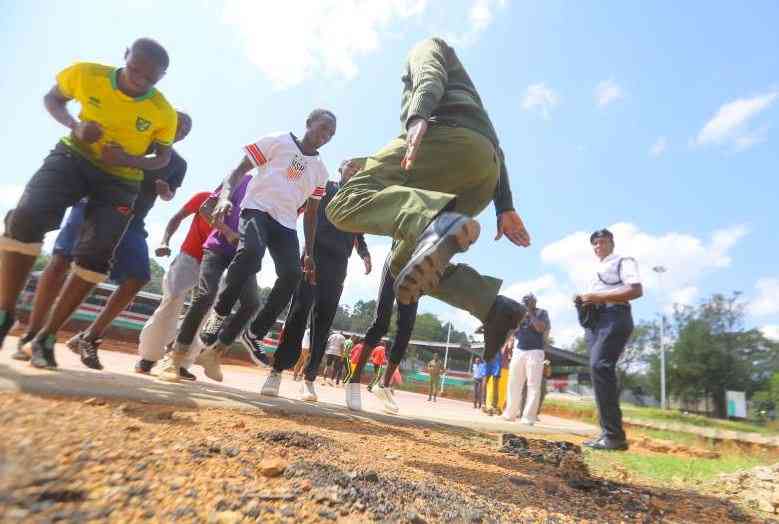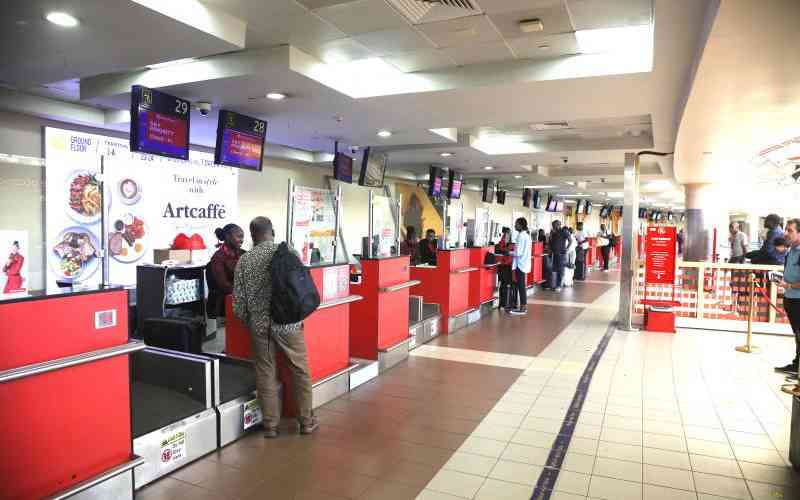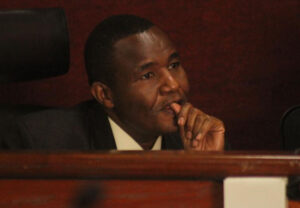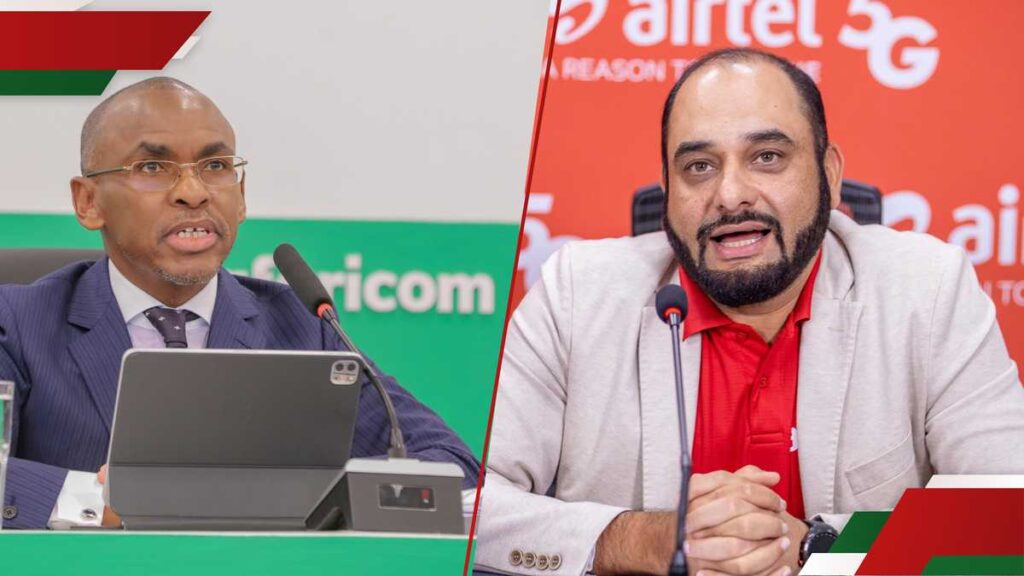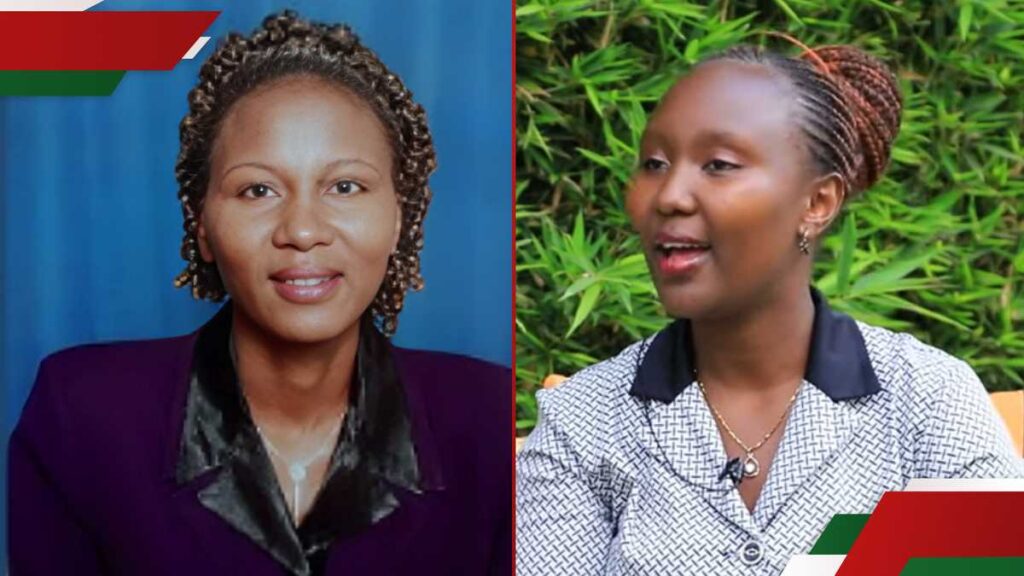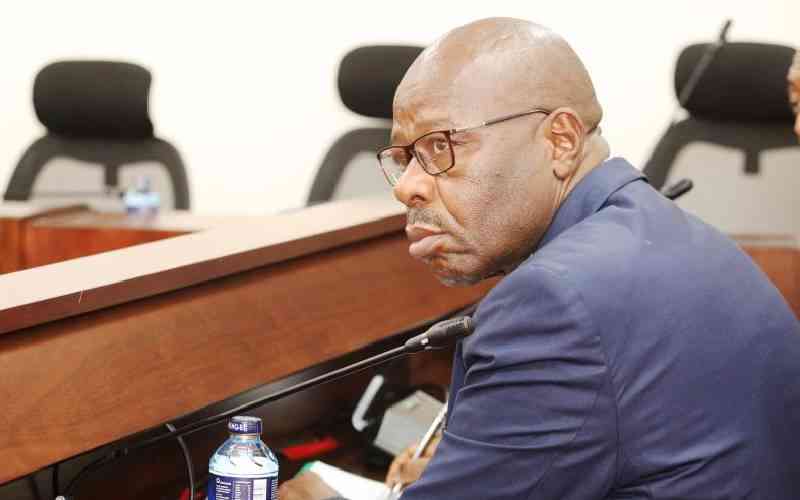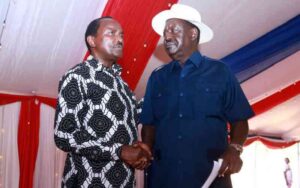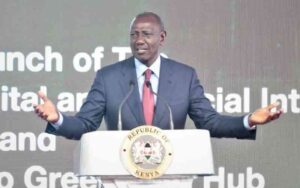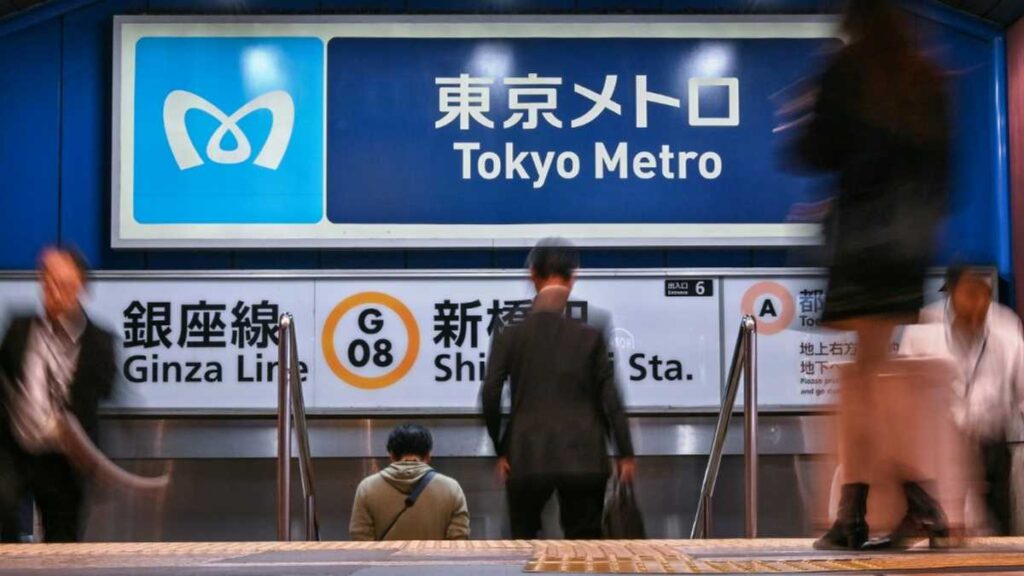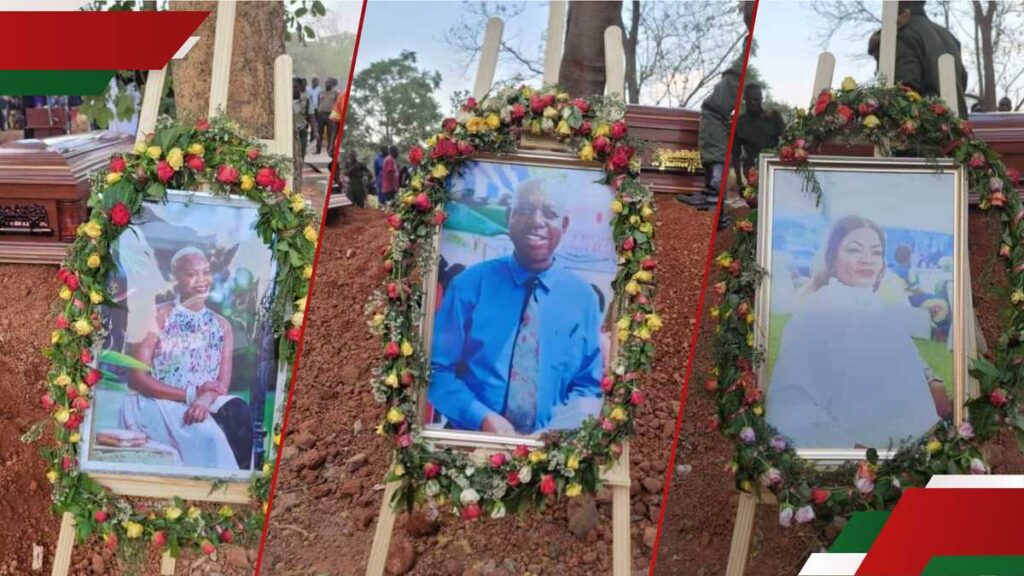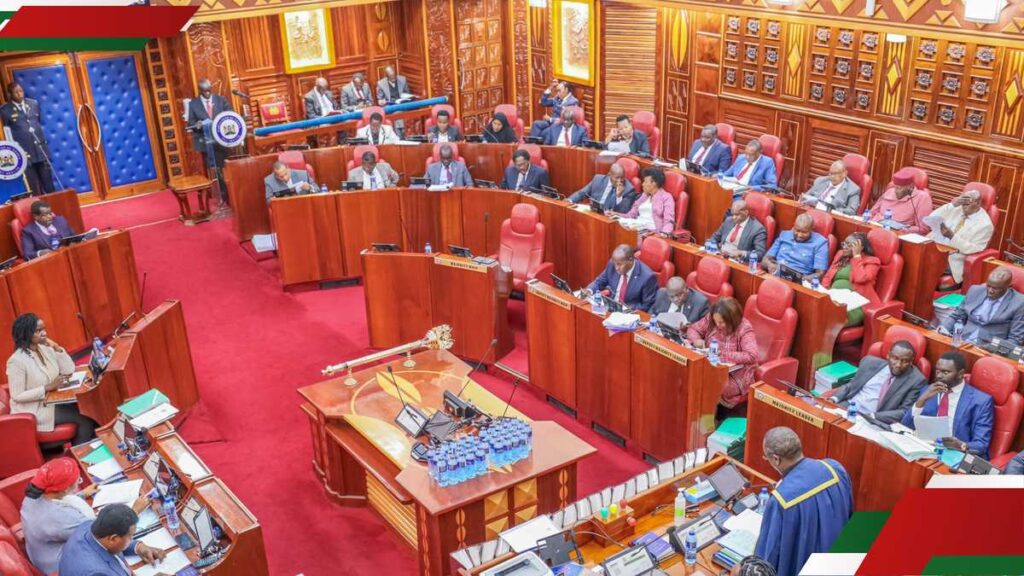Weeks after President William Ruto scrapped the controversial Sh250 billion Jomo Kenyatta International Airport (JKIA) deal linked to Indian billionaire Gautam Adani, The Standard has uncovered further troubling revelations that trace back in time, exposing schemes of grand corruption within government.
It has now emerged that the Kenyan government accumulated over Sh100 billion in loans over the past 12 years in stages, supposedly for the modernisation and expansion of JKIA, but these projects never materialised.
The much-touted and ambitious plans to transform JKIA into a world-class aviation hub, including a new terminal, a second runway, and various expansion projects, have remained nothing more than a pipe dream, with little to show despite the colossal expenditure.
The Kenya Airports Authority (KAA), the agency responsible for managing the facility, did not respond to our queries seeking transparency regarding the loans in question.
This bombshell comes just days after a Cabinet communiqué last Tuesday announced urgent reforms at JKIA, aimed at improving passenger experience, security, and efficiency following the collapse of the Adani deal.
The measures, according to the Cabinet dispatch, are designed to double the number of immigration booths, introduce e-gates, deploy monitoring technology, and enforce uniform name tags for staff accountability.
However, documents obtained by The Standard, including reports from the World Bank, African Development Bank (AfDB), public statements from state officials, and a report by French consultancy firm ALG, commissioned by KAA, paint a damning picture.
Instead of progress, delays, debt, and mismanagement have turned Kenya’s largest airport into a symbol of waste, lagging behind regional peers and leaving taxpayers to shoulder billions in losses.
Under the administration of President Uhuru Kenyatta and Deputy President William Ruto in 2013, government officials mortgaged one of East Africa’s most valuable assets to secure massive loans—Sh55.5 billion for a terminal, Sh26.2 billion for emergency works and expansion, and Sh16.1 billion in 2017 for a second runway. Yet, more than a decade later, these projects remain either incomplete or non-existent.
“Let’s be honest, Kenyans, the airport in Nairobi is made of canvas. This is a temporary structure we built almost seven years ago. Ethiopia has a brand-new airport, Rwanda the same. It is why we need to work with investors to have a new airport in Nairobi,” Ruto was quoted saying in July last year at a town hall meeting in Mombasa, when Kenyans protested against leasing JKIA to Adani.
In the financial year ending 2021, the cash-strapped KAA restructured loans from the World Bank and Agence Française De Développement (AFD), as it slid into a Sh6.7 billion net loss.
Vision 2030
“The construction of this new Greenfield Terminal with a capacity to handle more than 20 million passengers and eventually a second runway that is planned for this airport will enable Kenya to attain her National Vision 2030 aspirations to be a middle-income country,” former President Uhuru Kenyatta was quoted in December 2013 while accompanied by his then deputy, William Ruto, when he launched a Sh55.5 billion terminal loan secured from AfDB, which was part of the modernisation programme by KAA.
Funded by AfDB loans (No: 2100150015544 and 2100150007214), the terminal, expected to be completed by 2016, was meant to ease congestion, support air traffic growth, and increase JKIA’s capacity to handle 20 million passengers annually, with 60 check-in counters, 32 air bridges, and modern baggage systems. “The Government of Kenya has received a loan from the AfDB to finance the JKIA Airfield Expansion Project and intends to apply part of the proceeds of this loan for the construction of the second runway at JKIA,” AFDB stated in a document titled “General Procurement Notice.”
Stay informed. Subscribe to our newsletter
A government notice demanded bidders pay Sh1,000 for tender documents and Sh64.5 million to apply.
The bank and President Kenyatta stated that the project was to improve JKIA’s reliability with a second runway, accommodate Class F aircraft, such as the Airbus A380, and boost capacity for non-stop flights. The expansion also aimed to increase capacity to 45 million passengers by 2030, creating jobs at the airport and beyond, while supporting economic development and regional integration.
The Auditor General, in the audit report for the year ending June 2019, noted that the Greenfield Terminal Package Five project at JKIA had been awarded a contract sum of Sh84.7 billion (US$653.8). Additionally, the supervision contract was awarded for Sh1.14 billion (US$8.83 million). The new terminal building was expected to cover 178,000 square metres, with 50 international and 10 domestic check-in positions and 32 contact gates, among other features.
“Historical revenues peaked in FY 17/18 at Sh21 billion (US$161.9 million) but sharply declined due to the Covid-19 crisis,” ALG noted.
In November, Transport Cabinet Secretary Davis Chirchir filed documents in Parliament defending Adani’s takeover of JKIA, citing the airport’s Sh19 billion annual revenue as proof it could fund its expansion and support other national projects.
A review of the paperwork over the past 12 years reveals that KAA was merely a rubber-stamp for decisions, with most of the decisions made ‘above.’
The auditor reported that KAA awarded a contract on November 13, 2013 without the required project financing. Site possession was granted on December 6, 2013, before financing was secured. By 30 June 2019, no work had been done. A firm hired for project financing advisory at Sh29.7 million was terminated under unclear circumstances, leaving only Sh7.4 million.
On March 29, 2016, KAA voided the contract and ordered the contractor and consultants off-site, though their acceptance is unclear, which risks litigation. KAA hired a legal firm for disputes, but lacked clarity on its selection. The firm engaged an international consultant for Sh150.2 million (US$1.16 million), even though KAA engineers could have handled the task. No progress was reported.
The initial contract included taxes, but the final agreement excluded 16 per cent VAT without explanation. On June 9, 2014, KAA misallocated Sh75 million for a groundbreaking ceremony as a contract variation, though it wasn’t part of the contract.
Despite no work, KAA paid the contractor Sh4.31 billion and the consultant Sh216 million, making the expenditure wasteful.
“In the circumstances, it has not been possible to confirm if value for money has been realised from the above usage of public resources and the amounts that may become payable under the ongoing dispute,” the auditor noted.
Independent investigations by The Standard reveal that the Greenfield Terminal project was quietly cancelled, and the second runway has yet to break ground. The reasons for these cancellations and delays remain unclear, but the fact remains: billions of shillings were spent, and the promised improvements at JKIA still haven’t materialised.
On March 26, 2013, the World Bank approved Sh26.3 billion (Sh$203.5 million) for the reconstruction of JKIA, which had been damaged by a fire in August 2012. The funding was intended to support repairs, expansion, and upgrades to the Northern and Western transport corridors.
“The additional financing will support the government in restoring operations at Kenya’s premier international airport and also improve the preparedness of KAA to respond to disasters, such as last year’s fire emergency,” said Diarietou Gaye, World Bank’s Country Director for Kenya.
In 2017, the government announced plans for a Sh37 billion second runway at JKIA to ease congestion, with KAA awarded Sh16.1 billion for the runway to improve air traffic flow and meet growing demand from international and domestic flights.
“Other countries are building new airports, but ours is in a sorry state of disrepair, yet some are rejoicing over the cancellation of the Adani deal,” Ruto has previously remarked.
With KAA failing to provide ALG with all the necessary documents, the consultancy highlighted other existing loans, explaining that as the loans are still being repaid and the current repayment schedule is not available, it is recommended that KAA confirm the final repayment date to understand how long the security over its receivables will remain in place.
“Under the two loan agreements between KAA and AFD, KAA is required to deposit funds from the Air Passenger Service Charge (APSC), as well as landing and parking fees, into Receivables Accounts. These funds are secured by a fixed charge in favour of AFD,” ALG stated.
Loans being repaid, include a June 2004 agreement for Sh4.5 billion (US$34.8) with seven per cent interest, repaid over 23 years, and a Sh12 billion (US$93 million) credit facility for JKIA expansion, agreed in 2010, with variable interest and a 0.50 per cent annual fee.




